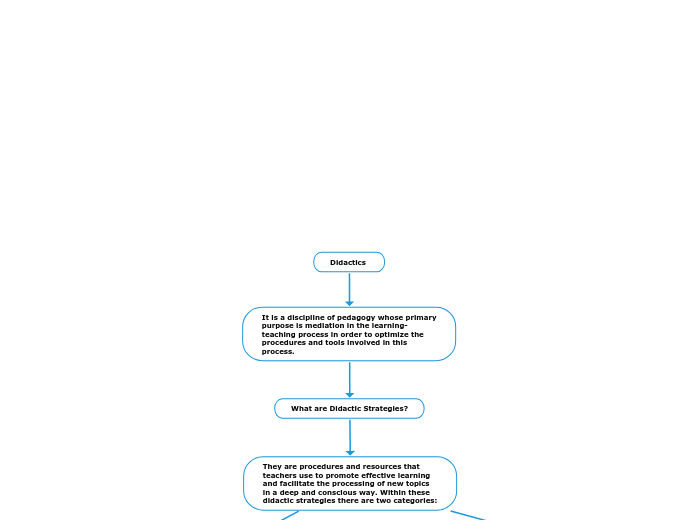da Yurany Macías mancano 3 anni
195
Didactics

da Yurany Macías mancano 3 anni
195

Più simili a questo
Learning strategies: They are procedures (sets of steps, operations, or skills) that a student uses in a conscious, controlled and intentional way as flexible instruments to learn meaningfully and solve problems.
Some of the most common learning strategies:
The muddiest point technique:
The purpose of these breaks is to encourage students to discuss what they have been studying or to clarify key points covered. It consists of asking students to write about specific topics that are not clear to them. Topics that are difficult or confusing to understand.
The pause procedure:
This strategy is used to pause classes in order to improve student understanding. The purpose of these breaks is to encourage students to discuss what they have been studying or to clarify key points covered.
Reciprocal questioning
A surprising learning tactic is to ask a comrade questions to reinforce what has been studied. When the students have finished learning about a specific topic, they merge into pairs to interview each other asking questions about the topic they were learning a few minutes ago.
Teaching strategies: These are methods, procedures or resources used by teachers to ensure that their students achieve effective learning.
Teaching strategies that could be implemented in the classroom:
Experiential learning:
Through the use of simulations, experiments or games, students have the opportunity to learn by doing. This class of occupations enables students to do what they learn quickly.
Cooperative Learning:
By doing work cooperatively, students are motivated to learn from each other. They develop some skills such as: communication, critical thinking and problem solving.
Feedback:
It is important to tell students when they are doing a job well or poorly. They need to know how they are doing in their process through oral and written feedback.
Mistakes:
It's about showing students what they shouldn't do.
Modeling:
Means showing students what they have to do to complete a task. It is about showing in a visual way exactly what they must do to achieve a goal.